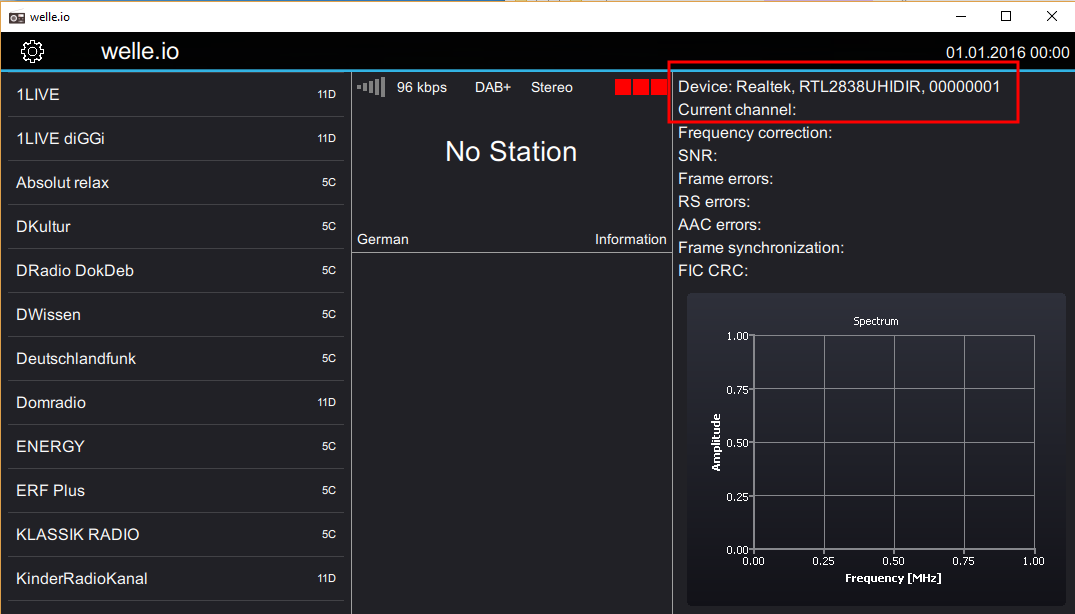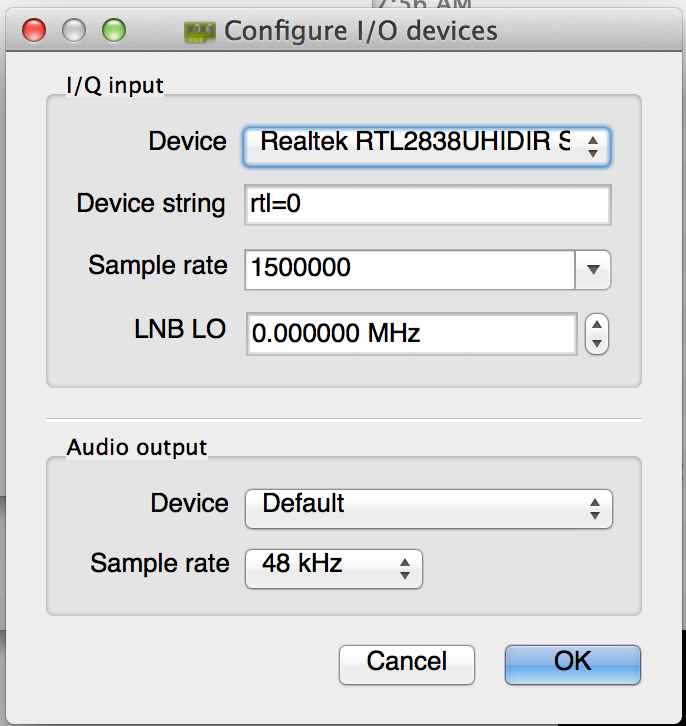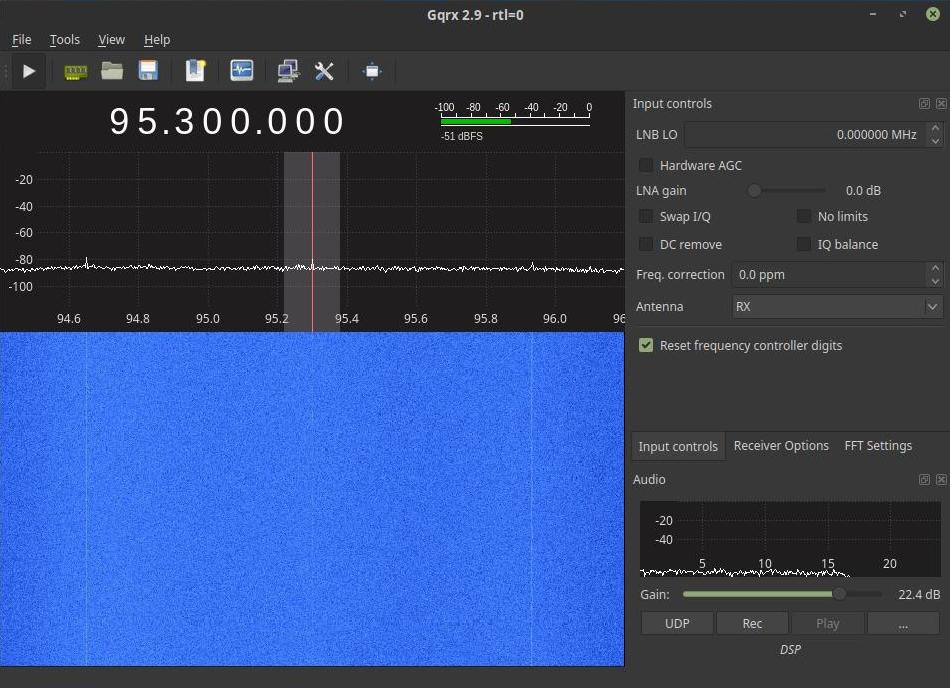Tuning the radio on an RTL SDR receiver, it’s very common to find the frequency read-out to be wildly inaccurate. To correct for this SDR applications request a PPM value which is unique to each RTL SDR USB dongle. To get your PPM value run the following command in the Linux CLI:
Rtl2838uhidir Sdr
General Description. The RTL2832U is a high-performance DVB-T COFDM demodulator that supports a USB 2.0 interface. The RTL2832U is compatible with NorDig Unified 1.0.3, D-Book 5.0, and EN300 744 (ETSI Specification). This page is a guide aimed at helping anyone set up a cheap radio scanner based on the RTL-SDR software defined radio as fast as possible on a Windows system. If you have any trouble during the installation, please see the troubleshooting guide further down the page. We also have brief instructions for getting started on Linux and OSX at the end of this page. The GNSS-SDR software receiver can be configured to use the RTL2832U as a real-time signal source, thus providing a low cost option (about 20 € or $25) to build a real-time software defined GPS L1 receiver. This article introduces the operation details and some performance measurements regarding this GNSS-SDR.
After several minutes you’ll have a read-out like the following:
As you can see. the value averages out over time to give a stable reading. My USB dongle is off by 85 PPM so I’ll enter this to correct my frequency reading.

Zadig For Windows 10
However I found afterwards that this still leaves me slightly off the mark, so using a graphical SDR application such as GQRX, tune to a known frequency then fine-tune the PPM value until the signal meets the tuning line in the middle. Typically I find mine is ~73 PPM using this method, this can vary by ~1-2 PPM but it’s enough to hit signals when tuned to the right frequency.
For a known frequency I suggest finding a local repeater, preferably on 70cm to 23cm for highest precision, but one that is most active is best. You might also use APRS which is always 144.8MHz in Europe, different frequencies in other regions but it’s reliable. Both these choices are NFM so you should hit them exactly in the centre of the broadcast when tuned correctly.
sm313 on YouTube tried using GSM mobile frequencies, this is a good choice because it’s a high frequency so has good precision and is constantly broadcasting, but you need to know what you’re looking for in a very wide-band signal so might not be that straight-forward.
Rtl2838uhidir Sdr Sharp
If you have other suggestions please leave advice in the comments.




